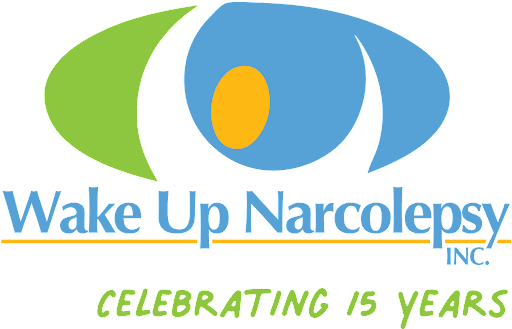Jun 13 2019
Wake Up Narcolepsy’s Donations Help Accelerate New Findings
h in Blogs
Narcolepsy Research Generates New Discoveries
On September 27, 2016, Monica Gow, Wake Up Narcolepsy Executive Director, presented a $30,000 unrestricted grant to Thomas Scammell, MD, Beth Israel Deaconess Medical Center, Boston MA. Dr. Scammell is also an associate professor at Harvard Medical School.

Dr. Thomas Scammell, MD, Beth Israel Deaconess Medical Center accepts the $30,000 unrestricted grant from Monica Gow, WUN Executive Director in Boston, MA.
With the support of WUN, Dr. Scammell and his team looked more closely at Cataplexy. Cataplexy is a common and often difficult symptom for many people with narcolepsy, yet the underlying brain mechanisms are not well understood. Cataplexy is sudden muscle weakness triggered by strong positive emotions. Cataplexy is also obvious in dogs with narcolepsy that frequently collapse when provided with rewarding, positive stimuli, such as food treats or when playing with other dogs. With funding from Wake Up Narcolepsy, the Scammell Lab has begun to examine the brain mechanisms through which positive emotions increase cataplexy.
First, they found that the central amygdala (a brain region that regulates emotions) is active during cataplexy in mice lacking orexins, the signaling molecule that is missing in people with narcolepsy. Additionally, cataplexy was substantially reduced in these mice when they injured the amygdala. Carrie Mahoney, PhD, a postdoctoral research fellow in the Scammell Lab has recently found that genetically activating neurons of the central amygdala increases cataplexy when mice are fed their normal everyday chow. Cataplexy is increased by chocolate, a reward that mice find very exciting, and in mice given chocolate, the amygdala activation did not further increase cataplexy. In a second experiment, Dr. Mahoney found that inhibiting the central amygdala reduced cataplexy when mice lacking orexins are given chocolate. Considered together, these experiments show that the central amygdala is sufficient and necessary for cataplexy in this mouse model of narcolepsy, and this brain region likely contributes to cataplexy in people with narcolepsy.
Research support from Wake Up Narcolepsy has helped generate these new discoveries. This funding also enables researchers to pursue similar high-risk, high reward experiments that can be leveraged to obtain larger research grants from the NIH and other organizations. Ultimately, a better understanding of these brain mechanisms will enable researchers and doctors to develop new methods to improve sleepiness, cataplexy, and other symptoms of narcolepsy.
Wake Up Narcolepsy is dedicated to supporting Narcolepsy awareness and research to find a cure. To learn more about Wake Up Narcolepsy, please visit our website here.
